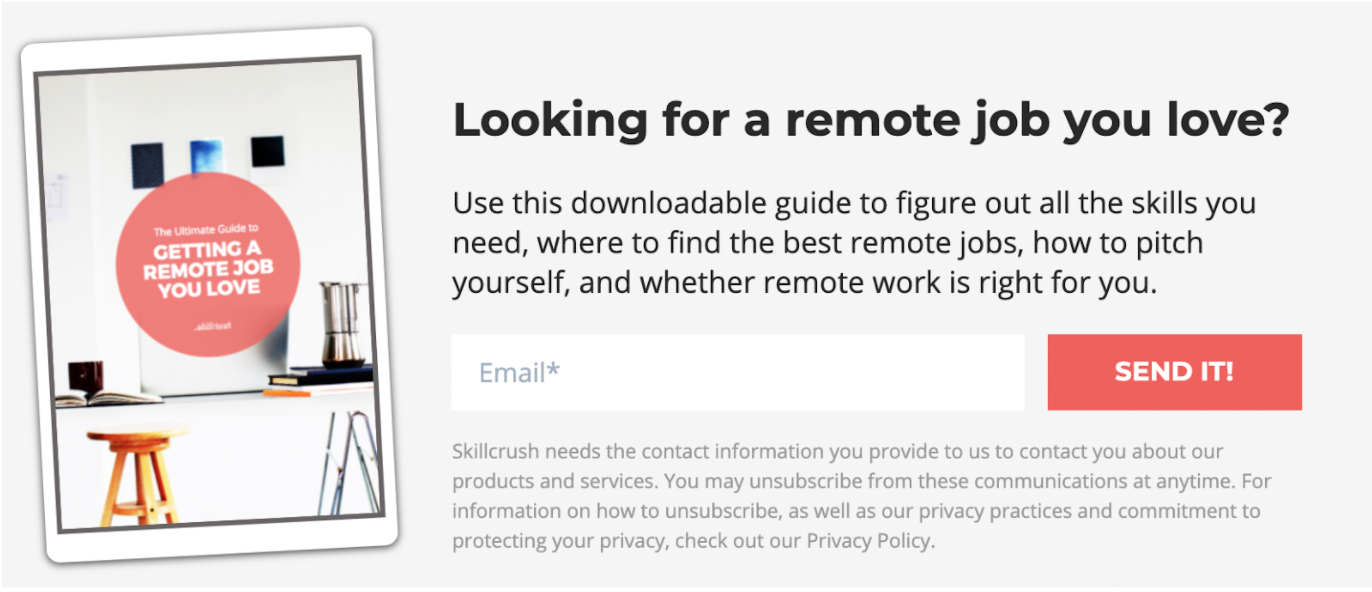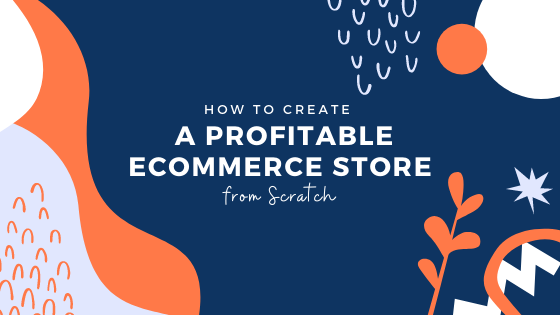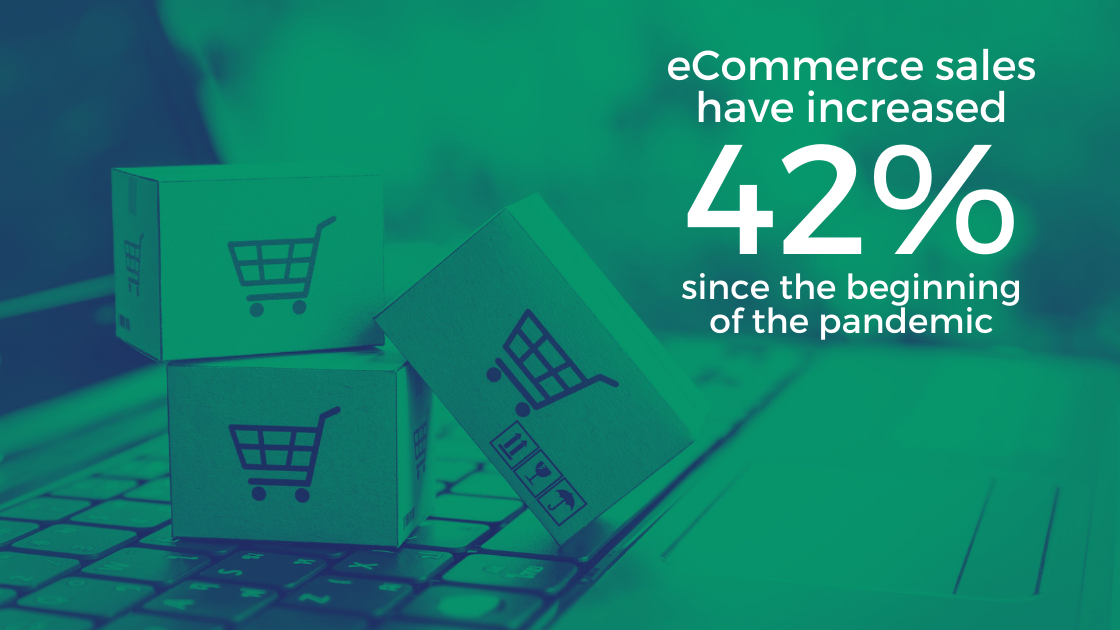No matter where you live and how old you are, starting a digital marketing agency is one of the hardest ways to make a living in this day and age. However, doing that isn’t as hard as running it – this is where you’ll show your clients, users, and business partners whether you’re worthy of their attention and investments or not. This is why you have to invest all your time, energy, and patience into the process of keeping your agency alive. In case that’s something you’d like to do in 2022 as well, here are a few ideas and suggestions you might want to take into consideration.
Make sure you know what you’re doing
Before you start your business, you need to do a lot of thinking and figuring out what you want to accomplish with it. Lots of people get into digital marketing simply because they’ve heard that this is a lucrative industry and they believe that they can make a lot of money in it without investing too much time and energy first. But, this isn’t true, and you need to remember that digital marketing is very demanding and hard, which is why you have to make sure this is truly what you want to do in life – before you actually start doing it.
Unfortunately, there’s no easy way to do this, and the best way to figure out whether the digital market is a fit choice for you or not is by actually starting a marketing agency and trying to make it work. Don’t be afraid to think about lots of different things – from the competition in your region to the different areas of marketing that might work for you – before you make your decision, and make sure you stick to it afterward.
Find your niche
Speaking of different areas of marketing you might consider, this is another major decision you’ll have to make before you start your company. With so many different options out there and so many different people doing the same things, you’re doing and offering the same services, being unique and memorable can be harder than you can imagine. But, if you find the right niche and do whatever it takes to make a career in it, you might become more successful than you’ve expected.
Doing this as soon as possible is a must, particularly if you’re planning to start your business soon. Of course, defining your niche beforehand makes more sense than doing that after launching your company, but don’t be afraid if you end up choosing your mind. In case you realize that the niche you’ve picked isn’t working for you, don’t wait any longer and make sure you’ve changed it before it’s too late.
Assemble the right crew
Doing everything on your own isn’t easy, especially if you’re trying to maximize your business potential. If you insist on doing things yourself, you won’t be able to take your company to the top and make it as successful as it can be. Therefore, hiring the right people and making sure all your employees are happy with their jobs is crucial for the future of your business in this industry. However, this also means you’ll have to invest quite a lot of energy and patience into building the right HR team that will take care of these issues for you and find the right people for every position.
Hiring all these people could end up being quite costly and impossible to bear, which is why looking into apprenticeship ideas might be a great alternative. Apprentices might help you more than you can imagine, particularly if they’re motivated to learn new things and update their skills. You might even check out useful adult apprenticeships that will get you in touch with people who are over the age of 21 and know what they want in life, but, even more importantly, know a few things about the industry and how to find your place in it. These sorts of apprentices could help you quite a lot, especially when it comes to the financial aspect of this arrangement, so be sure to check it out as soon as you can.
Keep looking for new clients
After you’ve set up your business and made sure it’s up and running, there’s one more thing you have to do – constantly keep finding new work. Even if you’re satisfied with your workload and your income, you shouldn’t become complacent and lose your focus. Instead, you should keep looking for new clients and trying to find new people who might be interested in your services because you never know what tomorrow brings.
Finding new clients might not be the easiest thing in the world, but if you know what to do and where to look, you won’t have a problem doing that. Start by defining your target audience and figuring out how to expand it, and then keep widening the scope and redefining the targeting criteria. This will help you reach more and more people in the future and reach those you haven’t reached yet – and that’s the best way to run your business!
Making it in the world of digital marketing isn’t easy, but it’s doable, and, even more importantly, it’s exciting and adventurous. Running an agency will challenge you on every possible level, both professionally and personally, but try not to give up until you’ve reached the heights you’ve dreamed of reaching!

























































